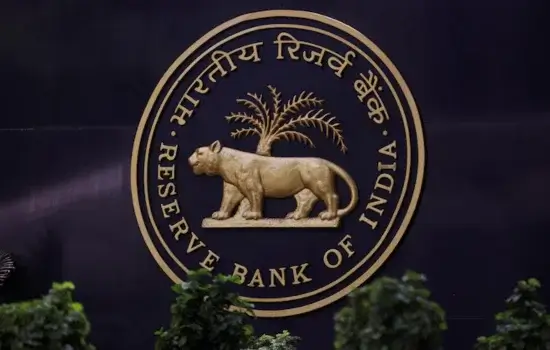In its latest monetary policy review, the Reserve Bank of India (RBI) has decided to maintain the benchmark repo rate at 6.5% for the eleventh consecutive meeting. Additionally, the central bank has reduced the Cash Reserve Ratio (CRR) by 50 basis points to 4%, a move expected to inject approximately ₹1.16 trillion into the banking system. These decisions come in response to a complex economic environment characterized by slowing growth and rising inflation.
Economic Context: Slowing Growth and Rising Inflation
India’s Gross Domestic Product (GDP) growth decelerated to 5.4% in the July-September quarter, marking the slowest pace in seven quarters. Concurrently, retail inflation rose to 6.21% in October, surpassing the RBI’s upper tolerance limit of 6%. This dual challenge of moderating growth and elevated inflation has necessitated a cautious approach from the central bank.
Rationale Behind the CRR Reduction
The reduction in the CRR is aimed at enhancing liquidity within the banking sector, thereby supporting economic activity. By lowering the CRR to 4%, the RBI intends to make more funds available for lending, which could stimulate investment and consumption. This measure is particularly significant as it represents a shift from the central bank’s previous focus on tightening liquidity to control inflation.
Revised Projections: Growth and Inflation
Reflecting the current economic realities, the RBI has adjusted its projections:

- GDP Growth: The forecast for the fiscal year ending March 2025 has been revised downward to 6.6% from the earlier estimate of 7.2%.
- Inflation: The inflation projection has been increased to 4.8%, acknowledging persistent price pressures, especially in the food sector.
These revisions underscore the challenges in balancing growth aspirations with the mandate of price stability.
Policy Stance: Navigating Uncertainties
The RBI has maintained a ‘neutral’ policy stance, indicating flexibility to respond to evolving economic conditions. Governor Shaktikanta Das emphasized the importance of durable price stability as a foundation for sustainable high growth. He noted that while the economy faces headwinds, factors such as robust agricultural output and festive season spending provide some optimism.
Market Reactions and Expert Opinions
The CRR cut is anticipated to lower market interest rates and support sectors like housing and infrastructure. Economists suggest that if inflation moderates below 5% by December 2024, there could be room for a repo rate cut in early 2025. However, the central bank’s cautious approach reflects the complexities of the current economic landscape.
Looking Ahead: Policy Implications
As the RBI navigates the twin challenges of fostering growth and controlling inflation, its policy measures will be closely watched. The central bank’s commitment to maintaining financial stability while supporting economic recovery remains pivotal. Stakeholders, including businesses and consumers, will need to stay informed and adaptable to the RBI’s policy directions in the coming months.